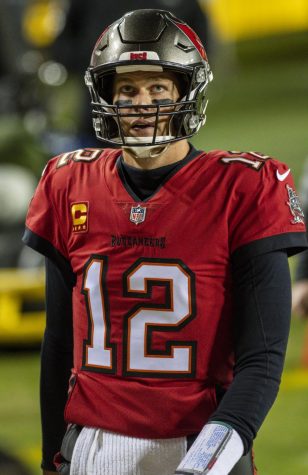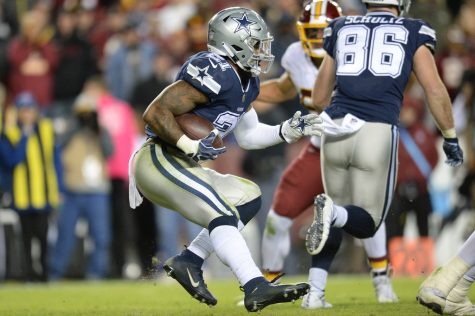The Sneaker Game
by Tarun Senthil Kumar and Cole Burk

Photo Credit: Openclipart
January 12, 2020
Now more than ever, fashion enterprises are starting to rely more on the sales of sneakers than those of apparel. Whether this generation’s consumers buy sneakers to show them off as status symbols, nostalgically reminisce ‘90’s retros, or resell them at Sneaker Con, the evolution of the shoe game has taken sneakers from a mere fashion statement to a full-blown industry. The industry itself is run by staple brands such as Nike, Adidas, and Under Armour. These empires reap their riches from their spheres of influence, namely the markets. The wonderful thing about the shoe industry is that there is a market for everyone, young or old. There are the run-of-the-mill shoes, the performance lines, basketball sneakers, and growing in popularity more than ever before, street sneakers.
Of all of the influencers and designers in the history of sneaker culture, the most notable is Michael Jordan. His first shoe was released in 1985 and has stood the test of time. The globally renown Jordan One kicked off the sneaker movement on and off the court. Thirty-four years later, the Jordan line hasn’t stopped coming out with new, innovative sneakers. However, MJ’s line would not have garnered such national acclaim without Nike’s best designer, Tinker Hatfield. Tinker has been collaborating with Michael to create the most iconic sneakers on the market, including the Jordan 1 through the Jordan 15. The shoe itself, however, was not Jordan’s sole lasting mark on the sneaker game. Nike signed him as one of their first endorsed athletes. Previously, other brands had tried their hand at signing big name athletes such as Converse with Larry Bird, but none of these partnerships were quite as culturally impactful as the Nike and Jordan partnership. Since this monumental signing by Phil Knight and his crew at Nike, the sneaker game has never been the same.
Inspired by how successful the Nike and Michael Jordan partnership was, other mainstream shoe companies started making some money moves. Today, sneaker powerhouses such as Nike, Adidas, Under Armour, and even Puma feature star athletes to sport their new models in front of national audiences. LeBron James, who recently signed a lifetime contract with Nike, is still going strong with his 17th signature shoe. Nike’s basketball roster also includes Kevin Durant (12 models), and reigning NBA MVP, Giannis Antetokounmpo (1 model). However, Nike boasts numerous casual sneaker lines on their shelves, the most iconic of these being the Air Force and Air Max lines. Additionally, Adidas, initially a soccer brand, has now firmly planted its flag on the sneaker moon. Apart from their signature sports stars such as Lionel Messi and James Harden, they also partner with hip-hop legend Kanye West. With Ye’s genius and creativity at their side, Adidas has managed to bless our feet with the iconic Yeezy line. Similar to Nike’s revolutionary Air Max cushioning, Adidas introduced Boost technology to their shoes in 2013, and recently enlisted the collaboration of mogul Pharrell Williams to put the street market on notice with NMD’s.
Another aspect of sneaker culture is the “industry within the industry:” the resale movement. Sneaker hustlers have made fortunes off buying popular shoes during the sale and reselling them for a much higher price. Conventions such as Sneaker Con were even started to celebrate this movement and create a large scale marketplace for vendors to do business in. Important culturally constructive things like these are a testament to the endless roles sneakers could continue to play in our society. What the future holds is unknown; however, sneaker history has taught us that the industry will evolve, for better or for worse.










